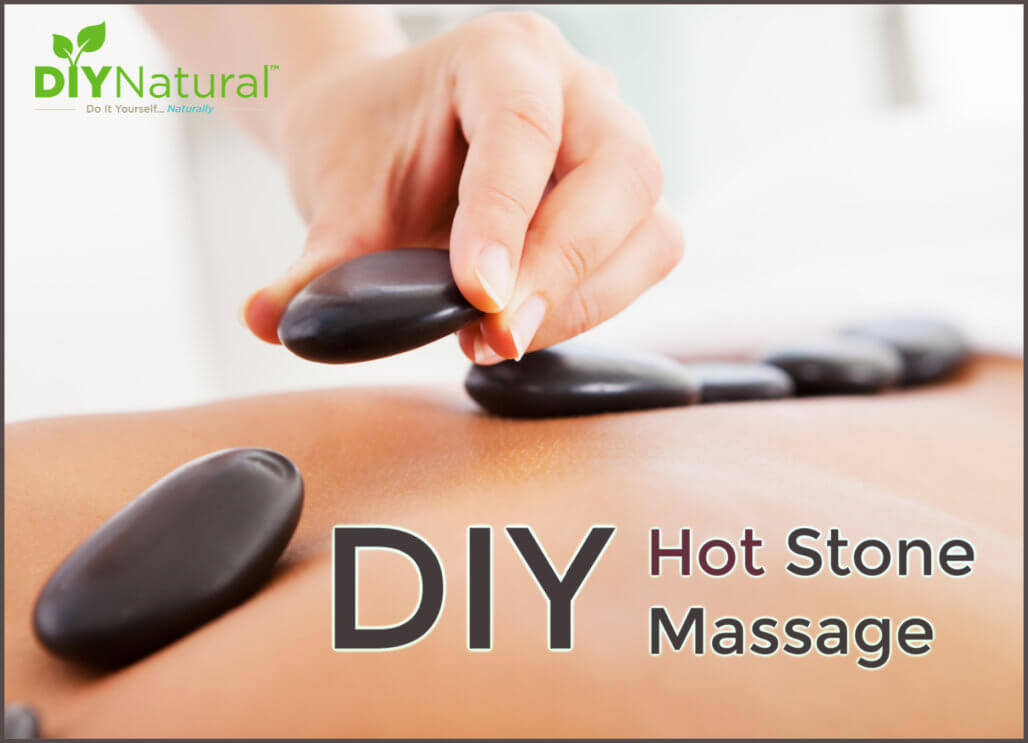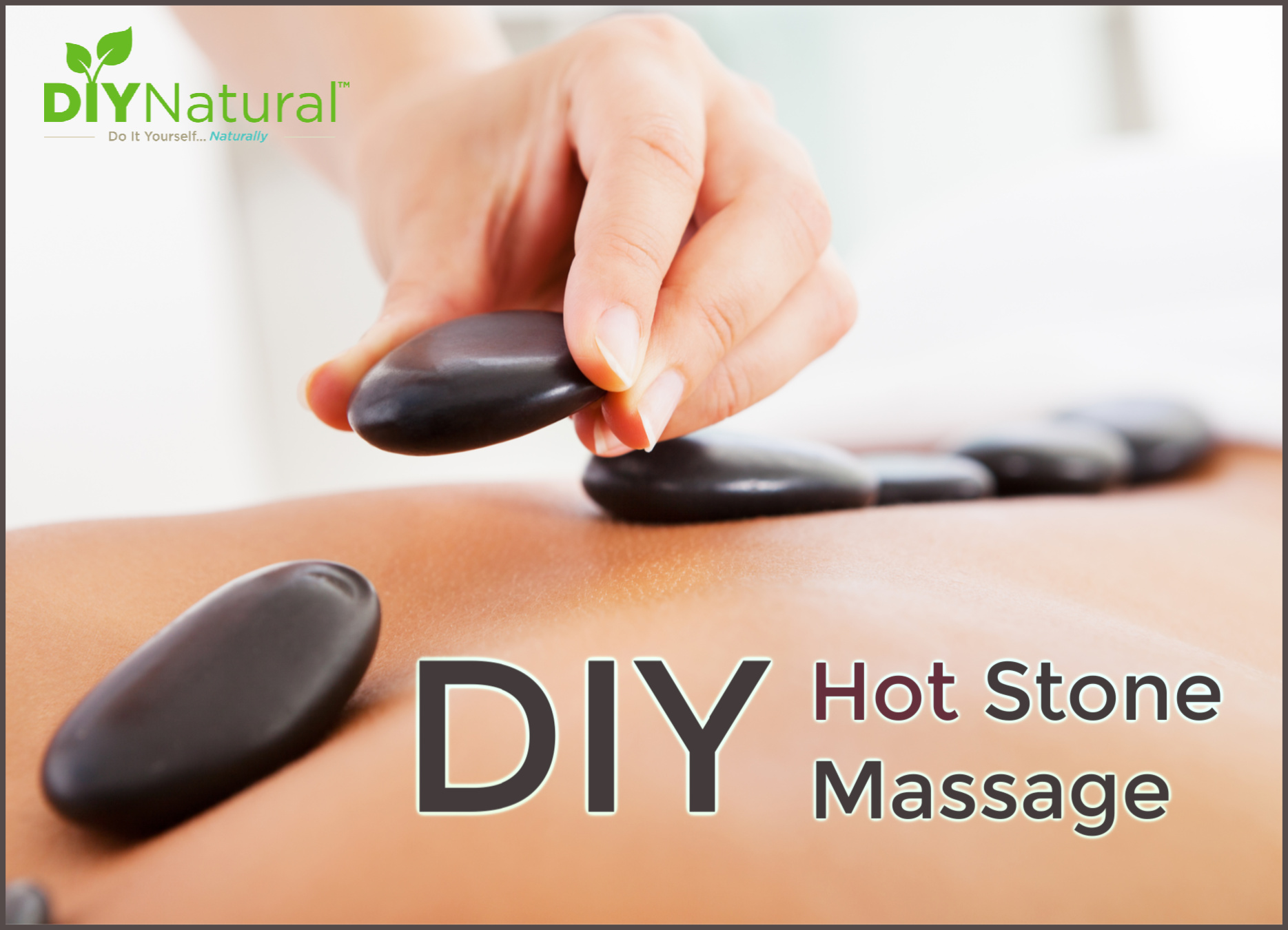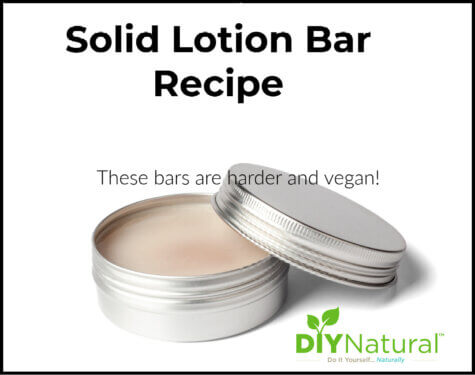
A hot stone massage involves using heated smooth stones, of a particular type, to help ease and relax tired, sore muscles. It feels awesome!
Note: this article was written to folks wanting to attempt hot stone massages at home and is not intended to be a professional write up for trained massage therapists working with clients.
Massage stones are heated, then placed in strategic spots on your back (or other areas) to relieve tension. A good stone massage can cost well over $100 at a spa, but you can easily purchase, or even make, your own stones.
How to Make Hot Stone Massage Stones
Find the Right Stones
You can buy stones online but finding them is so much more fun!
Traditionally, stones that are not alkaline, such as limestone, are used. (Although, if they are sealed alkaline stones, you may be able to use them.)
Some good choices for DIY hot stone massage stones include:
- Slate
- Granite
- Shale
- Lava Rock
- Limestone
- Hematite
- Marble
- Any of the quartzes such as amethyst, citrine, or agate
- Jade
- Himalayan Pink Salt
You can see that there are many types of stones that can be used for hot stone massage, just make sure they are smooth. (The stones in the photo are igneous basalt stones, you can find them here. They are popular with massage professionals.)
I went to a local river and found sedimentary stones that were round, flat, and smooth, that had been worn down by water and time.
The size of the rock you use is up to you. Generally, I like my stones to be the size of my palm. If you’re looking for a deeper tissue massage, choose stones with some weight to them. These will press on the skin more, reaching the relating muscles.
Can You Use Alkaline Rocks?
Alkaline rocks can cause skin irritations and can fall apart over time, so you’ll want to check your rocks for alkalinity if you’re unsure about them. There is a simple way to check your rocks using only vinegar. Cleaning vinegar is great as it is usually stronger (6% acidity vs. 3-5% acidity) and is inexpensive. When you find rocks that may work, simply drip a few drops of vinegar onto the rock. If it fizzes, it is alkaline and should be left there.
Cleaning Massage Stones
Always clean your new hot stone massage stones before using. Soaking them in clean water, use a stiff brush to clean further, then rinse clean.
If your stones are very dirty or come from an area where bacteria or algae may have been present, they can be soaked in hydrogen peroxide or a vinegar/water solution. Add your cleaning solution to a bucket and let the stones sit in it overnight. The next day empty the solution, scrub the stones if necessary, and rinse well. Then fill the bucket with clear water and let sit overnight again. After the stones have soaked for a few days, they can be removed and dried on an old towel.
To make your hot stone massage stones smooth, you can polish them with a rock polisher, or you can apply a light coating of coconut oil. Rub the coconut oil onto the rock, then polish off. (I use coconut oil because it is less likely to go rancid compared to other oils.)
How to Heat Massage Stones
Once the hot stone massage stones are cleaned, there are several methods for heating them.
Professionals tend to use a stone warmer, but my favorite method is with a slow cooker. Place a wet old rag (or silicone baking mat) at the bottom of the slow cooker, placing stones on top of it. If you’re afraid of scratching the sides of the slow cooker then wrap the stones in a larger wet rag/towel. Turn on low and let them heat through until they reach about 130°F. Temperatures vary, so this can take an hour or more depending on your slow cooker.
Another way to heat the hot stone massage stones is in your oven. Place stones in an old cake pan. Heat the oven on low, until the stones reach the temperature you prefer.
The stones may be too hot to handle at first. I recommend using a pot holder, towel, or tongs to grab the stones. You can dip stones in cool water if they get too hot, but don’t let them get cold or you’ll need to start over. Pat them dry with another old towel and they’re ready to use!
How to Massage With Hot Stones
As mentioned above, I’m not a professional masseuse, but I do know what feels good. It helps to have a partner since placing the stones on your own back can be difficult.
Lie On Your Stomach
First, lie on your stomach. Place the stones along the center of your back, directly over the spine. You can also line up stones on either side of your spine. Place one above each shoulder blade, or concentrate on the shoulders. It’s really up to you how you do it.
You can leave hot stone massage stones in place until they start to cool, or you can have a partner gently rub the stones over the area that needs massaging. I have sciatica, so I concentrate on the lower back, just above the hip. I leave the stones on for 20 minutes or so, sometimes going back for a second round.
Using Massage Oil
You can use massage oil if you wish, or you can massage dry with the stones. Do whatever feels best for you. If I’m doing it in the evening, I use a few drops of lavender essential oil to the stones to help relax my muscles even more and help me drift off to sleep. If you do use oil, be sure to clean your stones when you finished. Essential oils will evaporate over time, but massage oils like jojoba can turn rancid if the stones are not cleaned. I use coconut oil for massage oil when I need to alleviate this possible problem. If you can’t use coconut oil, choose an oil that is slower to degrade, such as avocado or rice bran oil.
Cleaning Your Stones
Cleaning the hot stone massage stones after you are finished is always a good idea, even if you don’t use oil. Dead skin cells can cling to the surface and build up over time. Give your stones a bath, dry them well, and store in a closed container – they’ll last for years this way.
Check out the following for great homemade massage oils and pre-made oils:
- Herb-Infused Homemade Massage Oil Recipe
- Sensual DIY Massage Oil: Perfect for Valentine’s Day
- Warming Ginger Massage Oil
- Autumn Moon Massage Oil
*******




As a massage therapist that works with hot stones, I’m going to suggest that you schedule a hot stone and a salt stone massage with a qualified therapist and talk to them about your article. There are differences between hot stones and Himalayan salt stones. They are used similarly, but they are they are heated differently and they are cleaned differently. Basalt is the best for its heat retention, which is why we use it. Slate flakes away in layers, most of the others are too rough on the skin and porous making making it too difficult to clean. Marble is nice, but only for cold; making it great for sinus headaches. I don’t know why all of the photos, that you can find stock, show people with the stones on their back. That’s not how I ever use my stones or how I was taught to use my stones. In fact we were told not to do that because the risk of burning the client is much higher. When a hot stone is placed on the skin, at the typical temperatures we use them at, to not move, it it’s like holding onto a hot pot lid. What makes it effective is the fact that the therapist makes a quick introduction to the skin and keeps the stones moving as to not overwhelm the central nervous system sending off a burn alarm. The pressure and the depths that the therapist uses with the stones is also important. Placing stones on the client after they have cooled to a safe stagnant temperature is fine. (To the clients comfort level. )
If you’re going to use a Crock-Pot I would suggest making sure that you use a temperature probe and compare it to an actual hot stone heating unit to make sure your Crock-Pot works within a low enough range. Also, don’t put a towel in the bottom of your stone heater or crock pot, after repeated uses, you will notice that the towel will discolor from the heat. I can tell you from working in a spa that uses hot stones, sometimes those units get forgotten about, and water doesn’t get added as it should. It just makes me think fire hazard . I suggest using a silicone baking mat that you can cut to fit the bottom of your crock instead.
Thank you for the input Kim, we appreciate the information! We have updated the article to better reflect your positive contributions and noted the article is meant for folks looking to massage at home, not massage professionals serving clients. Blessings.